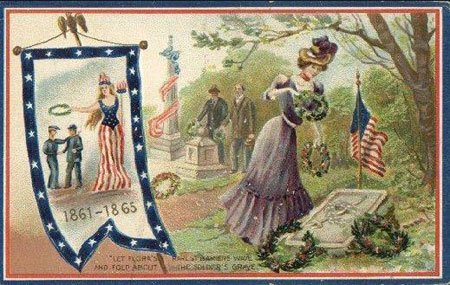In late February of 2011, a couple of guys with cabin fever broke out the canoe and floated the James River looking for artifacts. We’d had several days of heavy rains and the river banks were prime for scouting out treasure in the erosion. In addition to the beautiful scenery here in the Ozarks, the area is rich with history and treasure. You never know what you’ll find on the ground, an arrowhead, ancient tool, maybe even a $20 bill.
Somewhere along the banks of the Wilson’s Creek Battlefield, Coy Hamilton saw a bone sticking out of an embankment by the creek and attempted to remove it, breaking the bone in the process. He then began digging into the embankment and removing additional bones.
This story recently appeared on a local news station and came at a time that I had been rooting about in the Greene County archives and reading about the Civil War’s impact on our area.
The dead at Wilson’s Creek were not well disposed of. All were given hasty and rude sepulture. Of course the Confederate slain fared the better, being buried by their own comrades. The Union dead were put under ground as soon as possible, and with but little ceremony. In an old well, near the battlefield, fourteen bodies were thrown. In a “sink-hole” thirty-four of their corpses were tumbled. The others were buried in groups here and there, and the burial heaps marked. In many instances, a few Federal soldiers were present when the burials were made, and identified certain graves. Some of the bodies whose graves were so marked, were afterwards disinterred and removed to their former homes. A number of the Federal dead were never buried; this was particularly true regarding Sigel’s men. Dr. Melcher says he saw portions of the bodies of the German Federals along the line of Sigel’s retreat, several days after the battle, strewn along near the road, having been torn by dogs and hogs and buzzards. Skulls, bones, etc., indicating that at least a dozen corpses had been left above ground, were gathered up. The doctor’s statement is corroborated by citizens who lived in the neighborhood.
So, what do you do with a pile of broken bones?
Ten days later, Hamilton, through an intermediary, turned the bones in to the National Park Service, which administers the National Battlefield. He was identified during the ensuing investigation and was ordered to pay $5,351 in restitution to the National Park Service and perform 60 hours of community service as conditions of avoiding federal prosecution.
